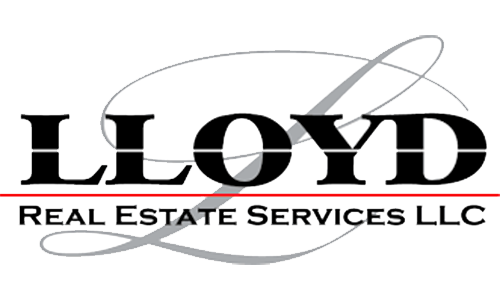Commercial real estate investments are complex, high-stakes ventures. A crucial element in any successful investment is a reliable, accurate appraisal. However, even experienced appraisers can make mistakes, leading to inaccurate valuations and potentially disastrous financial decisions.
Understanding common errors and oversights in commercial appraisals is vital for investors to protect their interests.Commercial appraisals differ significantly from residential appraisals due to the complexities of income-producing properties. While both involve assessing market value, commercial appraisals require a deeper dive into financial statements, lease agreements, market analysis, and future projections.
This intricate process increases the potential for errors.One common oversight is inaccurate income and expense projections. Appraisers rely heavily on financial data provided by the property owner. Inflated income figures or underestimated operating expenses can significantly skew the valuation. Investors should independently verify the data used in the appraisal, scrutinizing lease agreements, historical financials, and potential vacancy rates.Another frequent mistake is inadequate market analysis.
A thorough appraisal requires a comprehensive understanding of the local market, including comparable properties, supply and demand, and economic trends specific to the property’s sector (e.g., retail, office, industrial). Failure to properly analyze comparable sales, neglecting relevant market data, or using outdated information can lead to an inaccurate valuation. Investors should review the appraiser’s selection of comparable properties and their justification for choosing them.Ignoring lease terms and tenant quality is a critical error.
The stability and creditworthiness of tenants significantly impact a property’s value. An appraisal that fails to fully consider lease terms, including lease lengths, renewal options, and tenant creditworthiness, can lead to a misrepresentation of the property’s income stream. Investors should independently assess the quality of the tenant roster and the terms of their leases.Overlooking functional obsolescence is another potential pitfall. This refers to a loss of value due to outdated design or functionality. A building that lacks modern amenities or is inefficient in its design might be worth less than a newer, more efficient property, even if the location is comparable. A
ppraisers must carefully consider functional obsolescence, but it’s a factor that can be easily overlooked.Finally, lack of transparency and detailed explanation can be a red flag. A good appraisal should be comprehensive and clearly explain the methodology used, the data considered, and the rationale behind the final valuation. A poorly documented appraisal leaves room for doubt and potential inaccuracies. Investors should look for a detailed report that justifies every aspect of the valuation.
In conclusion, while professional appraisers strive for accuracy, the complexity of commercial real estate leaves room for error. Investors should not passively accept the appraisal’s conclusion. Due diligence is crucial, requiring active participation in verifying the data, reviewing the methodology, and understanding the market context. By actively engaging in the appraisal process and asking critical questions, investors can significantly reduce the risk of relying on an inaccurate valuation.

